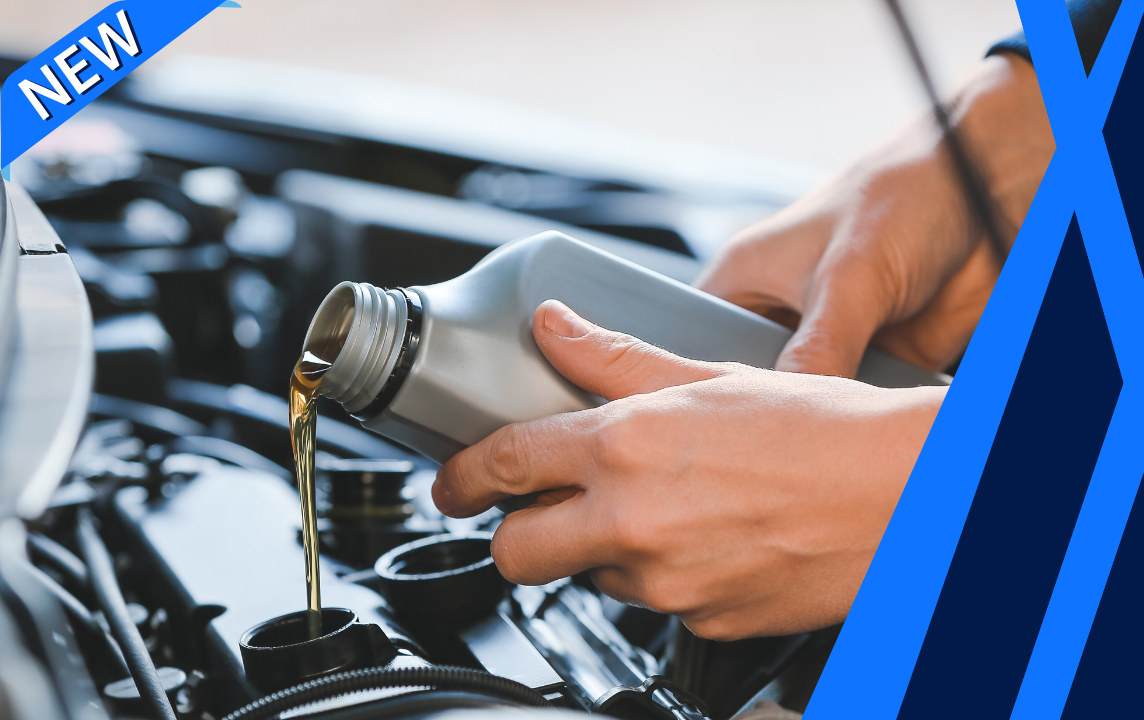Description
Power Steering Pressure Hose Replacement
What is the power steering pressure hose and how does it work?
The power steering pressure hose transfers the high-pressure hydraulic output of the power steering pump to either a steering gear box or steering rack and pinion unit to create the power assist that you rely on when you turn the steering wheel. The pressure hose is only used in cars with a power steering pump and reservoir, so if you have a newer car you may have electric power steering instead. The pressure hose is relatively large in diameter to withstand high hydraulic pressure, flex as the engine moves and vibrates, and withstand engine heat, accidental cuts, and abrasion.
When to the consider replacing the power steering pressure hose:
- Groaning, whirring noise or difficulty steering. Noise, or difficulty turning the steering wheel, may reflect a low power steering fluid level, which could be due to a leak in a pressure hose, or a leak elsewhere in the power steering system. Although a leak in the pressure hose is a possible cause of a low fluid level, a mechanic will also consider all other possible causes.
- Visible fluid leaks. There are usually steel ferrules clamped onto each end of the rubber pressure hose. These ferrules are common leak points. If there is seepage from these ferrules, the mechanic should replace the pressure hose.
- Hose damage. If the hose has significant physical damage, such as cuts, abrasions, cracks, or heat damage, the mechanic should replace the hose to avoid sudden hose failure.
- Contaminated fluid. If rubber particles are found in the power steering fluid or reservoir, it means the interior of either the pressure hose or the return hose is deteriorating. The mechanic should replace all rubber hoses and the system flushed. An in-line, aftermarket fluid filter might be required.
- Hose age. Both the pressure and return hoses are rubber-based products with a limited service life. If the vehicle is more than 10 years old, and power steering components are being replaced, all the rubber hoses should be replaced during that service.
How do mechanics replace the power steering pressure hose?
The underhood routing of the power steering pressure hose varies greatly between car models. The repair procedure ranges from simple to quite involved. The basic steps are:
- Raise car as needed and support with steel safety stands.
- Unthread the pressure hose tube nuts, or banjo-style bolts, at each end of the pressure hose.
- Remove pressure hose and inspect interior hose lining for separation, if visible.
- Install a new hose, using a new sealing washer or O-ring seals as applicable, and paying particular attention to the required original equipment manufacturer’s (OEM) torque value for the tube nuts or banjo bolts. Replace rubber return hose, if required, and with the authorization of the customer.
- Once the system is fully sealed, bleed or flush the power steering system as required to remove all air and contaminants.
- Finally, the engine is run, the car is test driven, and leaks are checked for at all connections.
Is it safe to drive with a power steering pressure hose problem?
No. The fluid in the power steering pressure hose is under very high pressure and flammable. A leak that sprays fluid into a hot engine part, such as the exhaust manifold, can cause a fire. Leaks that cause significant fluid loss can cause difficulty in steering. If a leak causes the fluid level in the reservoir to drop too low, it can cause damage to the power steering pump, necessitating the installation of a new one hose and a new pump.
When replacing the power steering pressure hose keep in mind:
- When the power steering hoses are replaced, the entire power steering system should be inspected.
- Use only OEM specified power steering fluid in your power steering system.
- If the pressure hose has deteriorated from the inside, the rubber return hose should be replaced as well and the system should be flushed. A mechanic might recommend the installation of an in-line filter to capture all debris.
- Tube nuts and banjo bolts used to seal pressure hoses have OEM-specified torque values. Mechanics will use a calibrated torque wrench to tighten the connections.
- Completely removing the air from the system can occasionally take some time, even after the normal bleeding procedure. During this time some mild noise may be heard when turning the steering wheel. If it persists more than a day or so, the mechanic should recheck the system.




